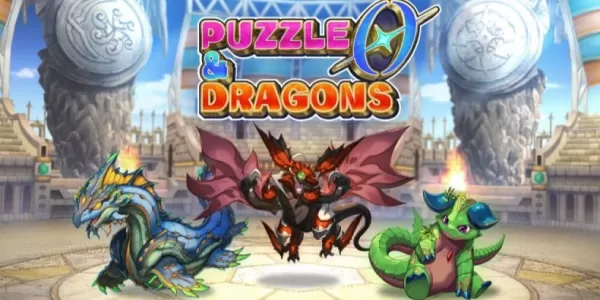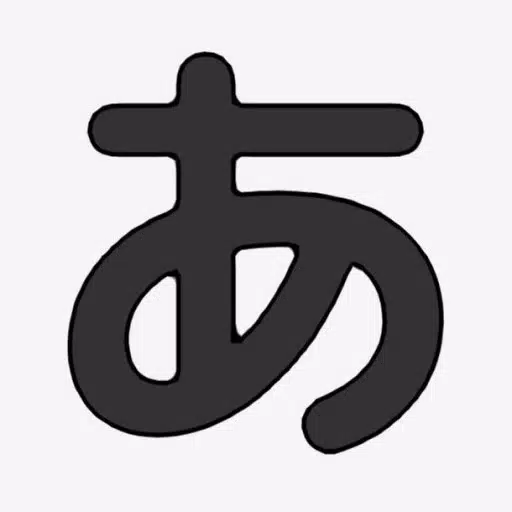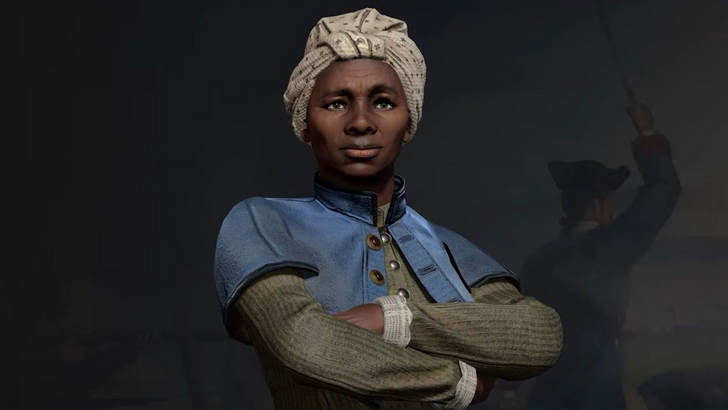
Civilization’s leaders are as iconic as the civilizations themselves. Firaxis' approach to selecting each nation's leader has evolved significantly over the years. Let's explore the evolution of Civilization VII's roster and how it redefines leadership.
← Return to Sid Meier's Civilization VII main article
Civ VII Redefines What it Means to Be a Leader
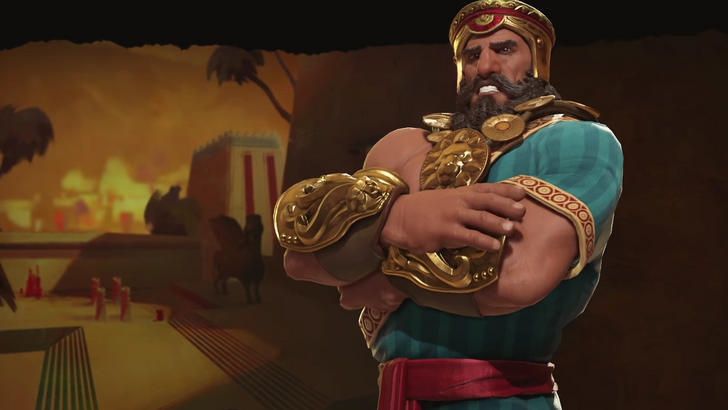
Since the first game, Civ leaders have been integral to the series' identity, forming the core of each civilization. Each leader embodies their civilization's essence, making them as vital to gameplay as the civilization itself. However, the definition of "leader" and their influence has evolved with each installment, reflecting a growing diversity and creativity in their design.
This exploration delves into Civilization's history, examining the evolution of its leader roster, the changes in each iteration, and how Civilization VII uniquely redefines leadership.
The Early Days: A Club of Superpowers
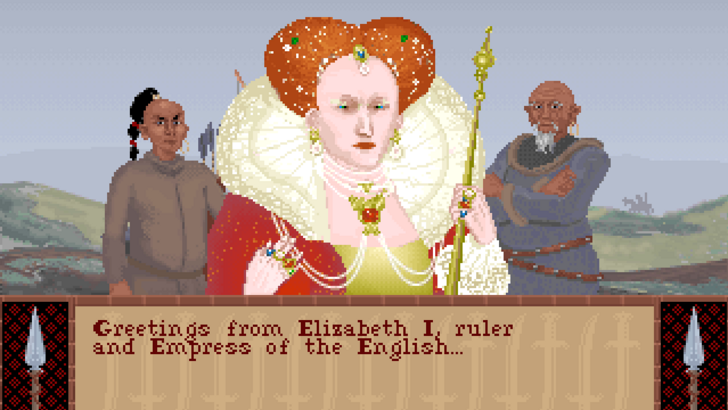
The original Civilization featured a relatively simple roster compared to later games. Mostly comprised of global superpowers from the early 1990s and antiquity, the leaders were largely predictable.
With limited design scope and technical capabilities, the game included just 15 civilizations, featuring the likes of America, Rome, Greece, Japan, China, France, Egypt, and Russia. Leadership was straightforward – each leader was a historical head of state. The selection prioritized widely recognized figures.
This resulted in leaders like Abraham Lincoln, Tokugawa Ieyasu, Mahatma Gandhi, and Julius Caesar, alongside more controversial figures such as Mao Zedong and Joseph Stalin. Elizabeth I was the sole female leader. This was a direct, almost textbook approach, understandable given the game's release date. However, the series would soon evolve.
Civ II Through V: Increasing Diversity and Creativity
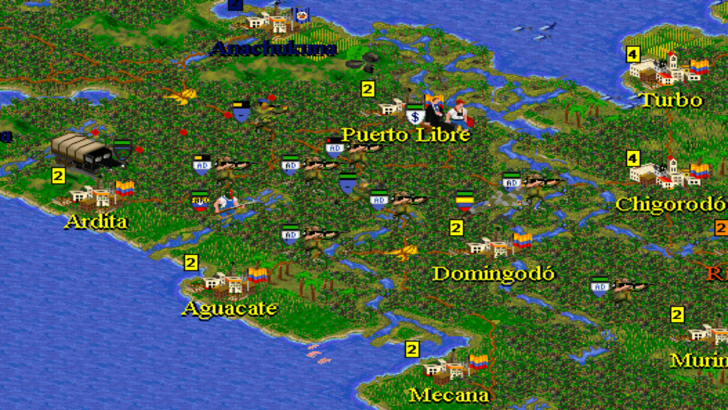
Civilization II expanded both the leader roster and the civilizations represented. Lesser-known powers like the Sioux debuted alongside additional historical superpowers, such as the Spanish. Significantly, Civ II introduced a separate female leader roster.
The definition of "leader" broadened. Figures pivotal to their civilization's identity, even if not heads of state, took center stage. Examples include Sacagawea for the Sioux and Amaterasu for Japan.
Civ III, while removing the separate female roster, integrated more women into the main roster (six in total). Some replaced historically dominant male counterparts; Joan of Arc replaced Napoleon for France, and Catherine the Great replaced Stalin for Russia.
By Civ IV and V, both the roster size and the definition of leadership expanded greatly. Leaders were no longer solely heads of state; revolutionaries, generals, reformists, and even consorts became common. Traditional figureheads were replaced or doubled up. Examples include Wu Zetian replacing Mao Zedong for China, and both Victoria I and Elizabeth I representing England. The focus shifted from solely the powerful and famous to a broader representation of humanity.
Civilization VI: A Flourishing of Character and Creativity
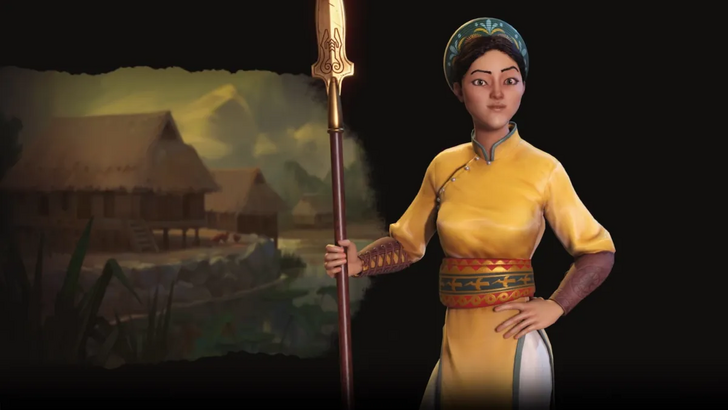
Civilization VI saw characterization, diversity, and creativity reach new heights. Leaders were presented as stylized animated caricatures. Leader Personas—alternative versions emphasizing different aspects of a leader's personality or rule—were introduced, offering varied playstyles. Lesser-known figures from less prominent civilizations joined the roster.
Lautaro of the Mapuche, a symbol of resistance against Spanish conquest, became a prominent example. Bà Triệu, a Vietnamese warrior, and Queen Gorgo of Sparta, representing different aspects of Greek leadership, further broadened the representation.
Leaders were no longer defined solely by their entire legacies but by distinct periods of their lives. Eleanor of Aquitaine could lead France or England, and Kublai Khan could lead the Mongols or China. Multiple leader options for civilizations like America (Lincoln or Roosevelt) and China (Qin Shi Huang, Wu Zetian, or Yongle) were also introduced. Leader Personas added further diversity, with figures like Catherine de Medici, Theodore Roosevelt, and Victoria receiving alternate versions with unique playstyles.
Civilization VII: A Fresh Perspective on Leadership
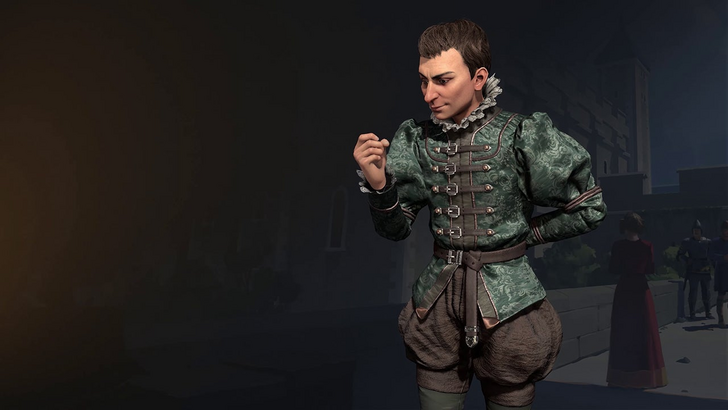
Civilization VII represents the culmination of Firaxis' evolving leader selection philosophy. It features the most diverse and creative roster yet, with unconventional leaders, multiple personas, and carefully curated choices tailored to different playstyles.
The mix-and-match approach to civilizations and leaders allows even lesser-known figures to take center stage. Harriet Tubman, the American abolitionist, is a prime example, her leadership focused on infiltration and espionage. Niccolò Machiavelli, despite not being a head of state, embodies the self-serving diplomacy of his writings. José Rizal of the Philippines, a leader centered on diplomacy and narrative events, also represents a significant addition.
Over nearly 30 years, Civilization has transformed from a game about superpowers to a diverse and imaginative collection of great minds, telling a broader story of humanity. The definition of leadership has evolved, but the significance of those who bear the title remains unwavering.
← Return to Sid Meier's Civilization VII main article
Sid Meier's Civilization VII Similar Games




